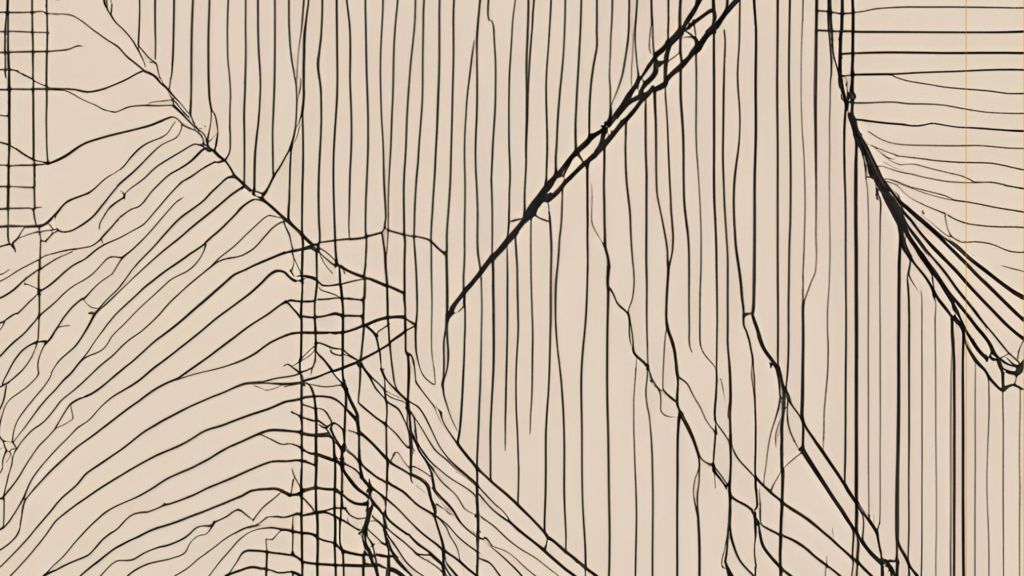All trading can essentially be reduced to one simple task. Draw a horizontal or sloping line on the trend. Then decide what you will do when the price gets near that line.
Basically, you have only two options: either you trade the breakout of this line, i.e., you wait for the price chart to cross the line you have drawn, and then decide to trade in the direction of the line crossing, or you trade the bounce, i.e., when the price “bounces” off the line you have drawn and goes in the opposite direction. You also need to consider what you will do if the price doesn’t go in the direction you want and what you will do if you and the market think alike. That’s all there is to trading.
In this article, I don’t consider how exactly the line was formed from which I need to decide what to do. There aren’t many options here either—you connected two points on the chart in some way and got a straight line. The goal of the post is to see how this line can be adjusted.
For illustration, let’s assume the line is horizontal and the price is approaching it from below. We need to determine when to sell. We won’t consider the ideal case where the price touches the line and goes down. Let’s look at the “bad” cases: the price doesn’t reach the line and goes down, and the price shoots up.
Price Doesn’t Reach the Line: Whether you like it or not, you will have to define a vicinity around the line and decide for yourself using the size of the vicinity what it means for the price to reach the line. If the vicinity is zero, then you need an exact touch, neither above nor below. You wait for the exact price and then, in our case, press the sell button. But such a touch doesn’t happen often.
Price Shoots Up: The accompanying questions are: how much did it overshoot by points and by time? These are the scenarios where you try to find the answer. Classic teaching says that if a sale was made at the price of the buy, then the resistance is broken. If a purchase was made at the price of the sale, then the support is broken.
Besides breakouts, there is confirmation. Confirmation is considered to be the appearance of a whole candle outside the line that was broken: some say the entire candle should be outside, others say only its body.
I propose a slightly different method. It is very simple. Wait until a candle appears that changes color. Any downward movement starts with a red candle, and any upward movement starts with a green one. It’s hard to argue with this postulate. So, even if the price crosses the specified line, it’s important that it changes color. When the candle crosses the line and then changes color, we consider that the line is not yet broken, and it will only be broken if it goes above the previous maximum. The trend line will simply need to be adjusted and set at a new mark. If the price exceeds the maximum of the last green candle, if the price was below the line, or if the price goes below the minimum if the price was above the line, then we consider the specified level broken.
If we do not wait for the price to touch or cross the specified line but trade the bounce from this line, then we need to set a vicinity around the specified line and act within the vicinity as we would with an exact touch of the line.
This simple method allows you to constantly adjust trend levels and not overload yourself with unnecessary inventions.
Best regards.
